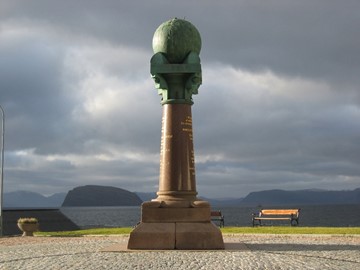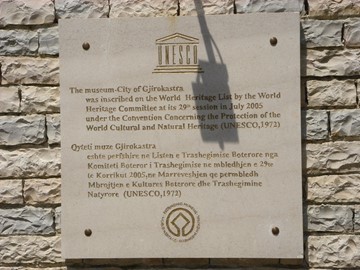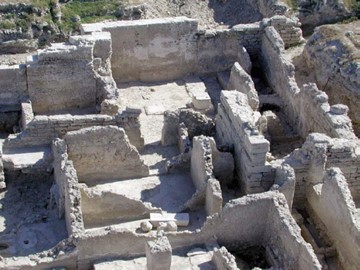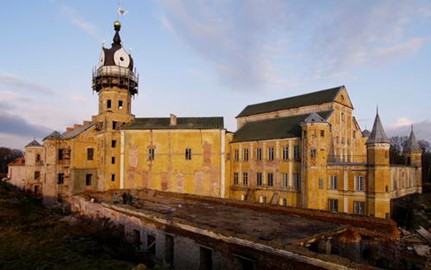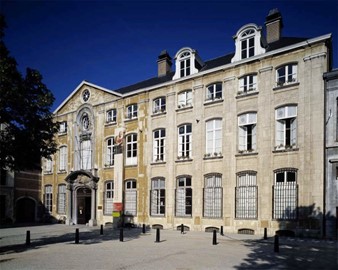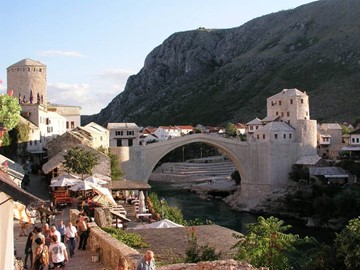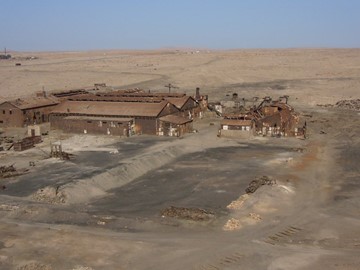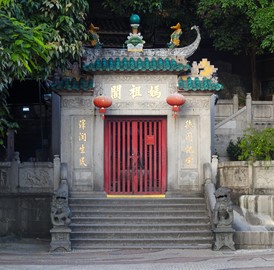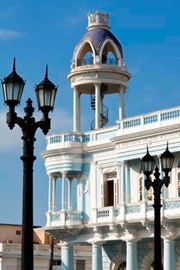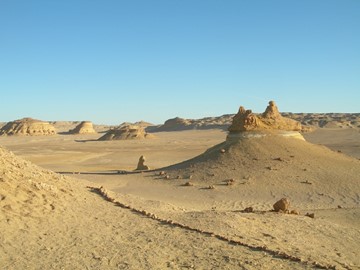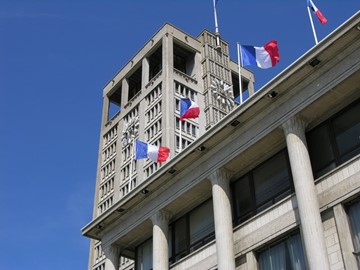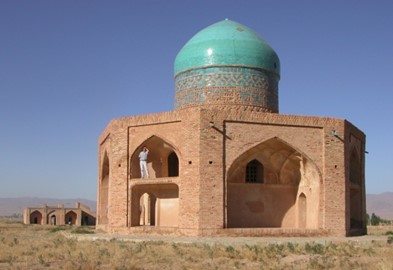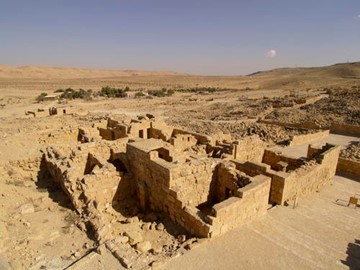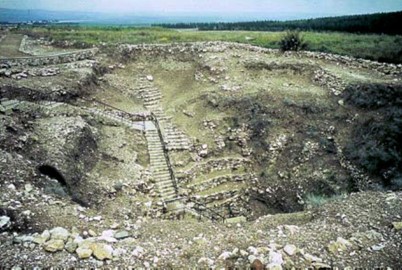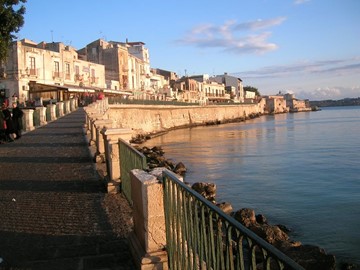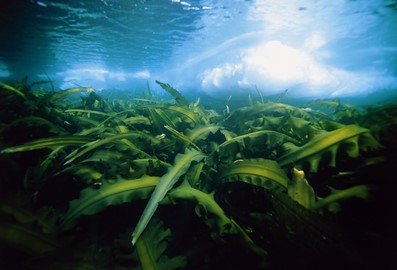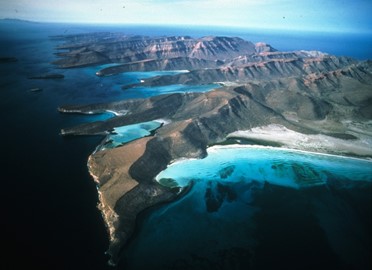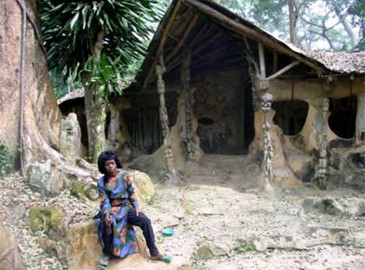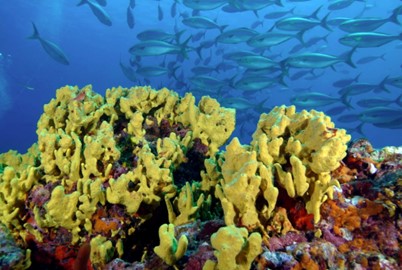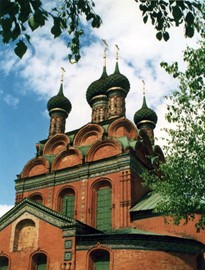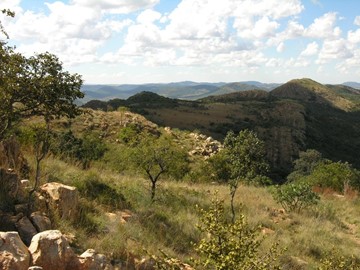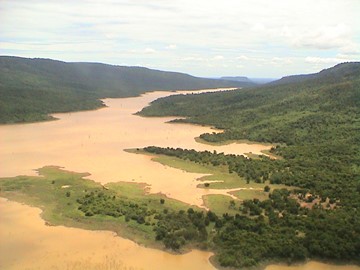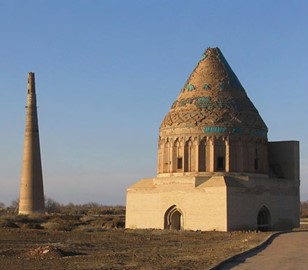year :: 2005
Struve Geodetic Arc
The Struve Geodetic Arc, a UNESCO World Heritage site in Europe, recognized in 2005, is a network of 34 survey points across 10 countries—Belarus, Estonia, Finland, Latvia, Lithuania, Norway, Moldova, Russia, Sweden, and Ukraine—established by astronomer Friedrich Georg Wilhelm Struve between 1816 and 1855. Stretching over 2,820 kilometers, these markers measured the Earth’s meridian arc, advancing geodesy and mapping precision. This transnational site reflects Europe’s scientific heritage, showcasing a mon... Read More
Berat and Gjirokastra
Berat and Gjirokastra, a UNESCO World Heritage site in Albania, recognized in 2005 and extended in 2008, are two historic Ottoman towns showcasing rare Balkan architecture from the 13th to 19th centuries. Berat, the 'City of a Thousand Windows,' features whitewashed houses and a hilltop castle, while Gjirokastra’s stone-roofed homes and bazaar reflect medieval urban life. This dual site highlights Albania’s cultural heritage, preserving a unique blend of Ottoman and local traditions in picturesque settings.... Read More
Qal’at al Bahrain
Qal’at al-Bahrain, a UNESCO World Heritage site in Bahrain, is an ancient fortress and archaeological marvel renowned for its layered history. This coastal citadel, with roots tracing back over 4,000 years, features remnants of Dilmun, Persian, and Portuguese civilizations, including a towering fort and intricate ruins. Once a thriving trading hub, it overlooks the sea with stone walls and mounds revealing artifacts of past cultures. This well-preserved site stands as a testament to Bahrain’s strategic and ... Read More
Nesvizh Radziwill Family Complex
The Architectural, Residential and Cultural Complex of the Radziwill Family at Nesvizh, a UNESCO World Heritage site in Belarus, is a magnificent 16th-century palace and estate celebrated for its architectural splendor and historical importance. Blending Renaissance and Baroque styles, its ornate interiors, fortified walls, and landscaped gardens reflect the wealth and influence of the Radziwill dynasty. The adjacent Corpus Christi Church, a family mausoleum, adds spiritual depth to the site. This grand com... Read More
Plantin Moretus House
The Plantin-Moretus House, a UNESCO World Heritage site in Belgium, is a preserved 16th-century printing workshop and family home, celebrated as the world’s first museum of its kind. Established by Christophe Plantin and continued by the Moretus family, it houses historic printing presses, rare books, and archives, showcasing the dawn of modern publishing. Recognized by UNESCO in 2005, it offers a unique glimpse into Renaissance and Baroque intellectual life. The site remains a treasure of Belgium’s cultura... Read More
Mostar
Mostar, a UNESCO World Heritage site in Bosnia and Herzegovina, is a historic city famed for its iconic Old Bridge and cultural diversity. Built in the 16th century by the Ottomans, the elegant stone bridge spans the river, linking the city’s blend of Eastern and Western architectural styles. Recognized by UNESCO in 2005, it symbolizes resilience and reconciliation after wartime destruction. Mostar remains a vibrant testament to the country’s multicultural heritage.
Humberstone and Santa Laura Saltpeter Works
Humberstone and Santa Laura Saltpeter Works, a UNESCO World Heritage site in Chile, are abandoned 19th- and early 20th-century mining towns in the Atacama Desert. Once thriving hubs of saltpeter extraction, their preserved machinery, worker housing, and public buildings reflect the nitrate boom’s social and industrial impact. Recognized for their historical significance, they stand as haunting relics of Chile’s economic past.
Macau
The Historic Centre of Macau, a UNESCO World Heritage site in China, is a vibrant fusion of Chinese and Portuguese colonial heritage. Featuring cobblestone streets, baroque churches, and traditional temples, it reflects centuries of cultural exchange as a trading hub. Iconic landmarks like fortress ruins and pastel-colored buildings highlight its unique East-meets-West identity, preserving a rich historical tapestry.
Cienfuegos
Cienfuegos, a UNESCO World Heritage site in Cuba, is a 19th-century colonial city renowned for its elegant French-inspired architecture and waterfront charm. Featuring wide boulevards, neoclassical buildings, and a grand theater, it reflects urban planning from Cuba’s sugar boom era. This well-preserved gem offers a glimpse into a refined historical and cultural legacy.
Wadi Al Hitan
Wadi Al-Hitan, a UNESCO World Heritage site in Egypt, is a desert valley preserving fossils of ancient whales from 40 million years ago, showcasing the evolution of marine mammals. Its scattered skeletons and arid landscape offer a rare glimpse into Earth’s prehistoric past. This paleontological treasure highlights nature’s transformative history.
Le Havre
Le Havre, a UNESCO World Heritage site in France, is a modernist city rebuilt after World War II by architect Auguste Perret. Known for its innovative concrete design, wide boulevards, and striking St. Joseph’s Church, it exemplifies 20th-century urban planning. This site offers a bold testament to post-war renewal and architectural vision.
Soltaniyeh
Soltaniyeh, a UNESCO World Heritage site in Iran, is renowned for its stunning 14th-century mausoleum, the Dome of Soltaniyeh, which exemplifies Persian architecture with its intricate tile work and imposing brick structure. Built during the Ilkhanid period, it serves as the tomb of Mongol ruler Oljaytu and is one of the largest domed structures in the world. The site reflects a rich blend of Islamic and Mongol influences, showcasing historical engineering prowess and cultural significance. Its preservation... Read More
Incense Route in the Negev
The Incense Route, a UNESCO World Heritage Site in Israel, reflects the ancient trade network that facilitated the transport of valuable spices, incense, and goods across desert landscapes. It showcases remarkable archaeological remains, including caravanserais and fortresses, that highlight the ingenuity and cultural exchanges of early civilizations.
Biblical Tels
The Biblical Tels, a UNESCO World Heritage site in Israel, encompass ancient settlement mounds known as tels, which reveal layers of human history dating back to biblical times. These sites, including Megiddo, Hazor, and Beersheba, feature impressive archaeological remains such as fortifications, water systems, and palaces, illustrating the evolution of Bronze and Iron Age civilizations. Recognized for their historical and cultural value, they offer insights into early urban planning and societal developmen... Read More
Syracuse
The Syracuse and the Necropolis of Pantalica, a UNESCO World Heritage site in Italy, represent a remarkable blend of ancient cultural and historical treasures. Syracuse boasts a rich Greek and Roman legacy, with its well-preserved archaeological sites, including a grand theater and intricate temples, reflecting its past as a powerful Mediterranean city. Nearby, the Pantalica Necropolis features thousands of rock-cut tombs from the Bronze Age, set within a striking limestone landscape, showcasing early human... Read More
Shiretoko
Shiretoko, a UNESCO World Heritage site in Japan, is a pristine natural region renowned for its rich biodiversity and dramatic coastal landscapes. This remote peninsula features rugged mountains, dense forests, and a unique ecosystem supporting rare species like the Blakiston’s fish owl and Steller’s sea eagle. Its seasonal sea ice fosters a productive marine environment, sustaining diverse wildlife and fisheries. Shiretoko exemplifies an untouched wilderness harmonizing terrestrial and aquatic habitats.
Gulf of California
The Gulf of California, a UNESCO World Heritage site in Mexico, is a stunning marine ecosystem renowned for its exceptional biodiversity. This unique body of water hosts an array of endemic species, vibrant coral reefs, and dramatic underwater landscapes, making it a critical habitat for marine life. Its striking natural beauty and ecological significance draw scientists and conservationists worldwide to study and protect its rich aquatic environment.
Osun Osogbo
The Osun-Osogbo Sacred Grove, a UNESCO World Heritage site in Nigeria, is a centuries-old cultural and spiritual sanctuary dedicated to the Yoruba goddess Osun. This dense forest along the Osun River features ancient shrines, sculptures, and artworks, reflecting the rich traditions and religious practices of the Yoruba people. Revered as a symbol of fertility and prosperity, the grove hosts an annual festival that attracts devotees and visitors globally. Its preservation highlights its significance as a liv... Read More
West Norwegian Fjords
The West Norwegian Fjords, a UNESCO World Heritage site, showcase stunning natural beauty with their steep, glacier-carved cliffs, deep blue waters, and cascading waterfalls. Formed over millions of years through glacial activity, these fjords exemplify Norway's dramatic landscape and geological history. They also support diverse ecosystems, including rare marine life and bird species, making them a significant natural treasure. This pristine environment attracts visitors worldwide for its scenic splendor a... Read More
Coiba
Coiba National Park, a UNESCO World Heritage site in Panama, is a biodiverse marine and terrestrial reserve encompassing Coiba Island and 38 smaller islets in the Pacific Ocean. Spanning over 430,000 hectares, it protects a range of ecosystems, including tropical rainforests, coral reefs, and mangroves, which support unique species like the Coiba howler monkey and rare marine life. Established as a national park in 1991 and recognized by UNESCO in 2005, it serves as a critical sanctuary for conservation and... Read More
Yaroslavl
The Historic Centre of Yaroslavl, a UNESCO World Heritage site in Russia, is a remarkably well-preserved example of a Russian town that developed from the 11th century into a thriving commercial and cultural hub. Its urban layout reflects a blend of radial planning and traditional Russian architecture, featuring notable landmarks like the Assumption Cathedral and the Church of Elijah the Prophet, adorned with stunning frescoes. Recognized for its historical significance and architectural harmony, it stands ... Read More
Vredefort Dome
The Vredefort Dome, a UNESCO World Heritage site in South Africa, is the world's largest and oldest known meteorite impact structure, formed over 2 billion years ago when a massive asteroid struck Earth. This geological wonder features a central dome of uplifted granite surrounded by concentric rings of hills, showcasing unique rock formations and evidence of the catastrophic event that shaped the region. Recognized for its scientific significance, it provides valuable insights into Earth's history and the ... Read More
Khao Yai Forest
Khao Yai Forest, a UNESCO World Heritage site in Thailand, is a biodiverse tropical rainforest renowned for its rich ecosystems and stunning landscapes. It hosts an array of wildlife, including elephants, gibbons, and rare bird species, alongside cascading waterfalls and scenic trails. Recognized for its ecological significance, the forest serves as a vital conservation area and a popular destination for nature enthusiasts.
Kunya Urgench
Kunya-Urgench, a UNESCO World Heritage site in Turkmenistan, is a historic city that flourished as a major trade and cultural center along the Silk Road from the 10th to 14th centuries. Once the capital of the Khwarazmian Empire, it features remarkable architectural remnants, including the 11th-century Kutlug Timur Minaret, one of the tallest in Central Asia, and the Turabek Khanum Mausoleum, renowned for its intricate tile work and dome. The site reflects a blend of Islamic architecture and regional influe... Read More
